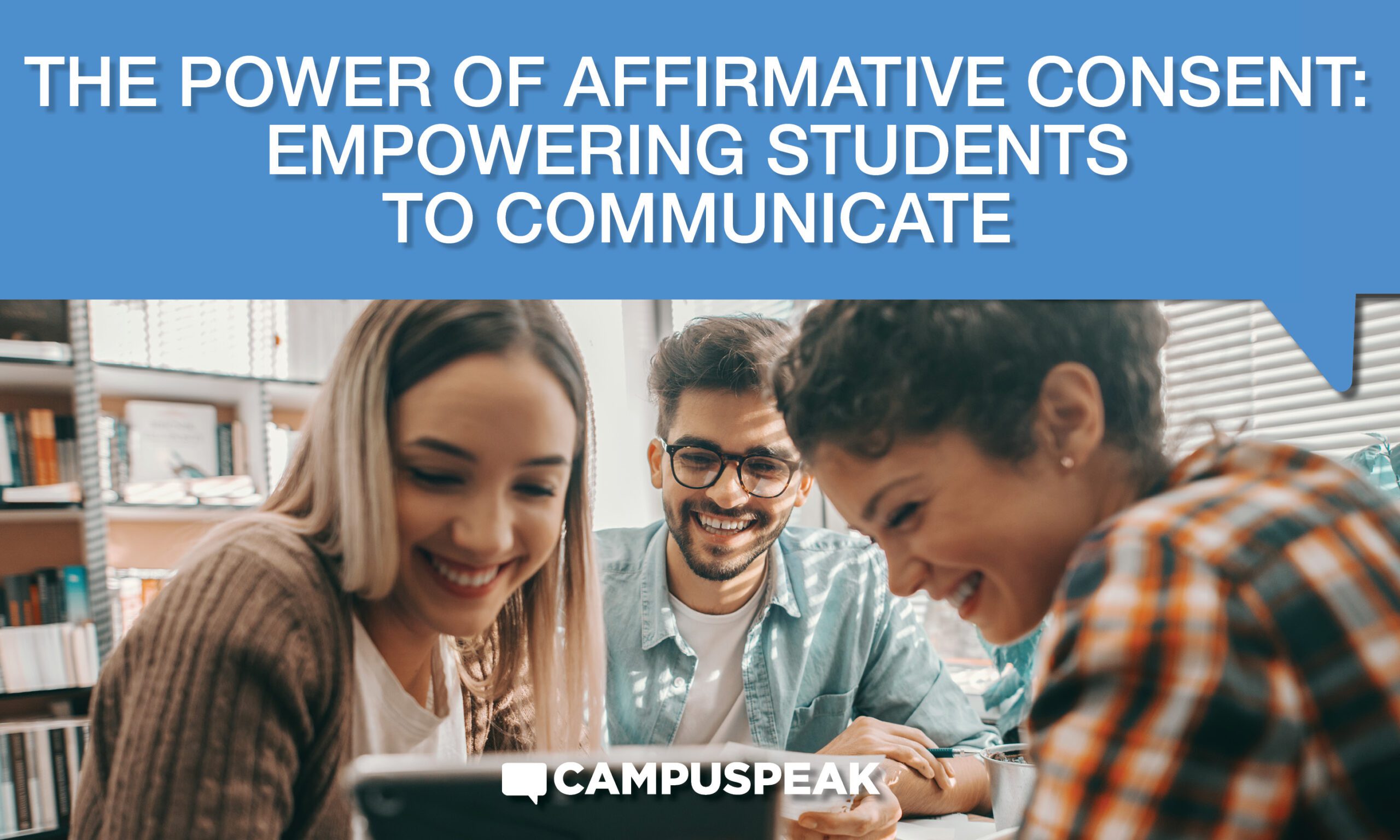
The Power of Affirmative Consent: Empowering Students to Communicate
In the realm of sexual education, consent has never been a more critical topic of discussion. It’s a conversation that must be had, not only to ensure physical safety but also to promote emotional well-being and respect among individuals engaging in sexual activities. Students can benefit from understanding and practicing affirmative consent, including its five essential characteristics, and how they can apply these skills in various contexts.
Affirmative consent isn’t just about a simple “yes” or the absence of a “no”, it’s a concept with five key characteristics:
Continuous: Consent should be ongoing throughout a sexual encounter. It’s not a one-time agreement but rather a continuous affirmation of desire and comfort.
Specific: Consent should be clear and specific. Vague or ambiguous signals are insufficient. Both partners should have a shared understanding of what is and isn’t okay.
Informed: Informed consent requires that all parties involved fully understand the situation, potential risks, and consequences. It means making informed decisions based on knowledge.
Freely Given: Consent must be given willingly, without coercion, pressure, or manipulation. No one should ever feel forced into any sexual activity.
Enthusiastic: The gold standard of consent is enthusiastic consent. It’s not just about going along with something; it’s about actively wanting and enjoying it.
When students understand the value of communication in sexual encounters, they are better equipped to navigate intimate situations with confidence and respect for themselves and their partners. By fostering a culture of consent, students create an environment where everyone’s comfort and autonomy are prioritized.
To shed light on the importance of consent, educational institutions across the globe are making efforts to teach this to their students, CAMPUSPEAK has keynote programs that help outline these concepts in a safe and comfortable way for students.
Dr. Lori Bednarchik’s program “Wanna Make Out? A Conversation About Consent” breaks down affirmative consent in a keynote with relatable examples, stories, and advice.
 Wanna Make Out? A Conversation About Consent – by Dr. Lori Bednarchik
Wanna Make Out? A Conversation About Consent – by Dr. Lori Bednarchik
Though replete with simplicity, this way of communicating consent is not intuitive to students. Lori spends time not only helping students understand what affirmative consent is, and how to communicate it, but also addresses why communicating before, during, and after sex and sexual activity can be so challenging. In the “Wanna Make Out?” program, Lori takes a unique, positive, uninhibited and uncensored approach to talking about sexual consent and communication. The focus throughout the program is promoting safe, fun, positive, and consensual sexual activity, and providing participants with specific and practical skills to effectively communicate to, and with their partner about sex and consent.

